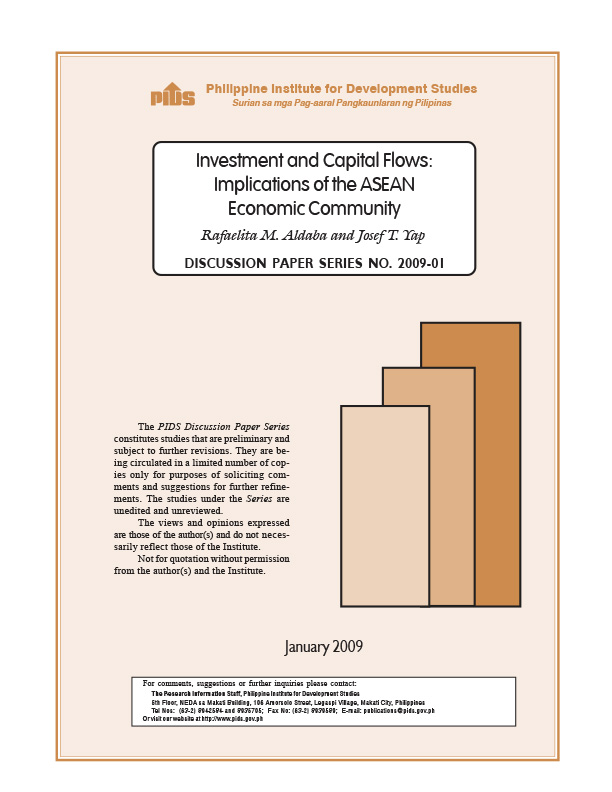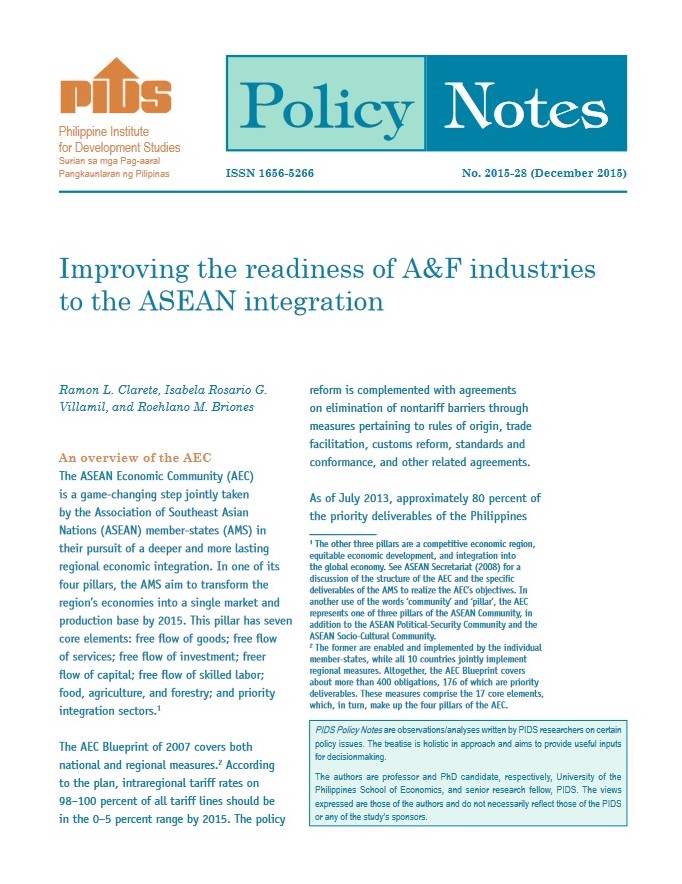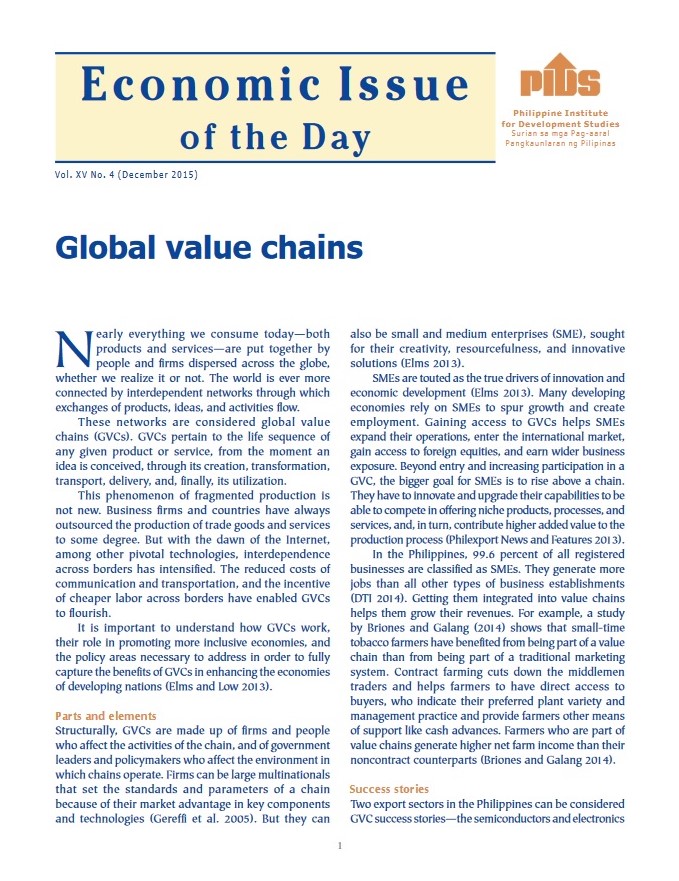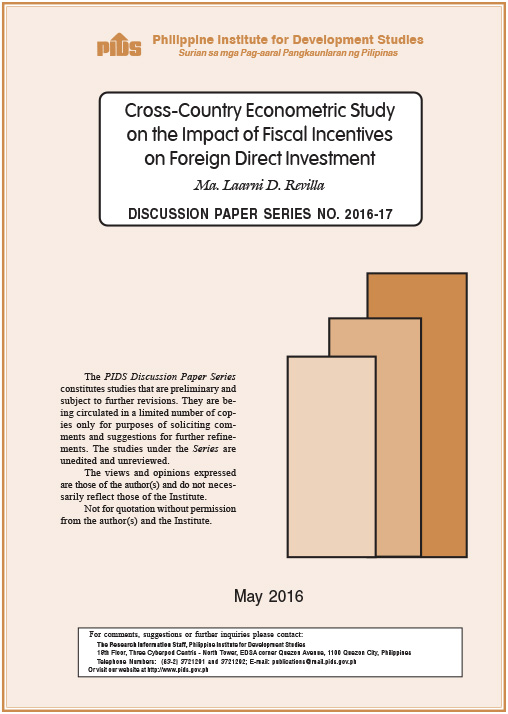One of the objectives of the evolving ASEAN Economic Community (AEC) is to promote free investment flows and freer capital flows. By deepening economic integration among them, ASEAN member countries can establish a region-wide production base that will attract more foreign direct investment and strengthen the existing FDI-trade nexus in East Asia. This will increase the opportunities for domestic firms to participate in regional and global production networks. The principal investment cooperation program of the AEC has been the ASEAN Investment Area which is being expanded to the ASEAN Comprehensive Investment Agreement (ACIA). The chapter delineates measures to make the ACIA more effective, examples of which are adoption of a collective approach and common timeframe of trade and investment liberalization; and transferring mode 3 of services (commercial presence) from the ASEAN Framework Agreement on Services to the ACIA. Meanwhile, because of the risks that underlie movement of capital flows, it is recommended that regional financial integration give way to regional financial cooperation. The latter can be an important mechanism to accelerate the development of national financial systems, particularly through a more effective policy dialogue and surveillance process. Since greater global financial integration is a desirable long-term goal, regional financial cooperation can also be geared toward advocating for reform of the international financial architecture and crafting region-wide tools to manage capital flows. These will reduce the risks associated with financial integration. With regard to the issue of optimal sequencing in the process of capital account liberalization, the development of national financial systems remains to be an important component and prerequisite.
Citations
This publication has been cited 7 times
- Aldaba, Rafaelita. 2013. Getting ready for the ASEAN economic community 2015: Philippine investment liberalization and facilitation. Discussion Papers DP 2013-03. Philippine Institute for Development Studies.
- Castillo-Sam, Eva Marie, Jeaneth Tormis, and John Vianne Murcia. 2016. A model of business innovation in the context of micro, small and medium enterprises in Davao del Sur. MPRA Paper 72644. University Library of Munich, Germany.
- del Prado, Fatima et. al. 2007. Development of regional production and logistic networks in East Asia: The case of the Philippines. Discussion Papers DP 2010-17. Philippine Institute for Development Studies.
- Mari-Len R. Macasaquit et. al. 2010. Development of regional production and logistic networks in East Asia : The case of the Philippines. Trade Working Papers 23099. East Asian Bureau of Economic Research.
- Menon, Jayant and Anna Cassandra Melendez. 2017. Realizing an Asean economic community: Progress and remaining challenge. The Singapore Economic Review (SER), 62, no. 03, 681-702. World Scientific Publishing Co. Pte. Ltd. .
- Menon, Jayant and Anna Cassandra Melendez. 2015. Realizing an Asean economic community: Progress and remaining challenges. ADB Economics Working Paper Series 432. Asian Development Bank.
- Thorbecke, William. 2016. Increasing the resilience of Asian supply chains to natural disasters: The role of the financial sector. Working Papers DP-2016-08. Economic Research Institute for ASEAN and East Asia (ERIA).













